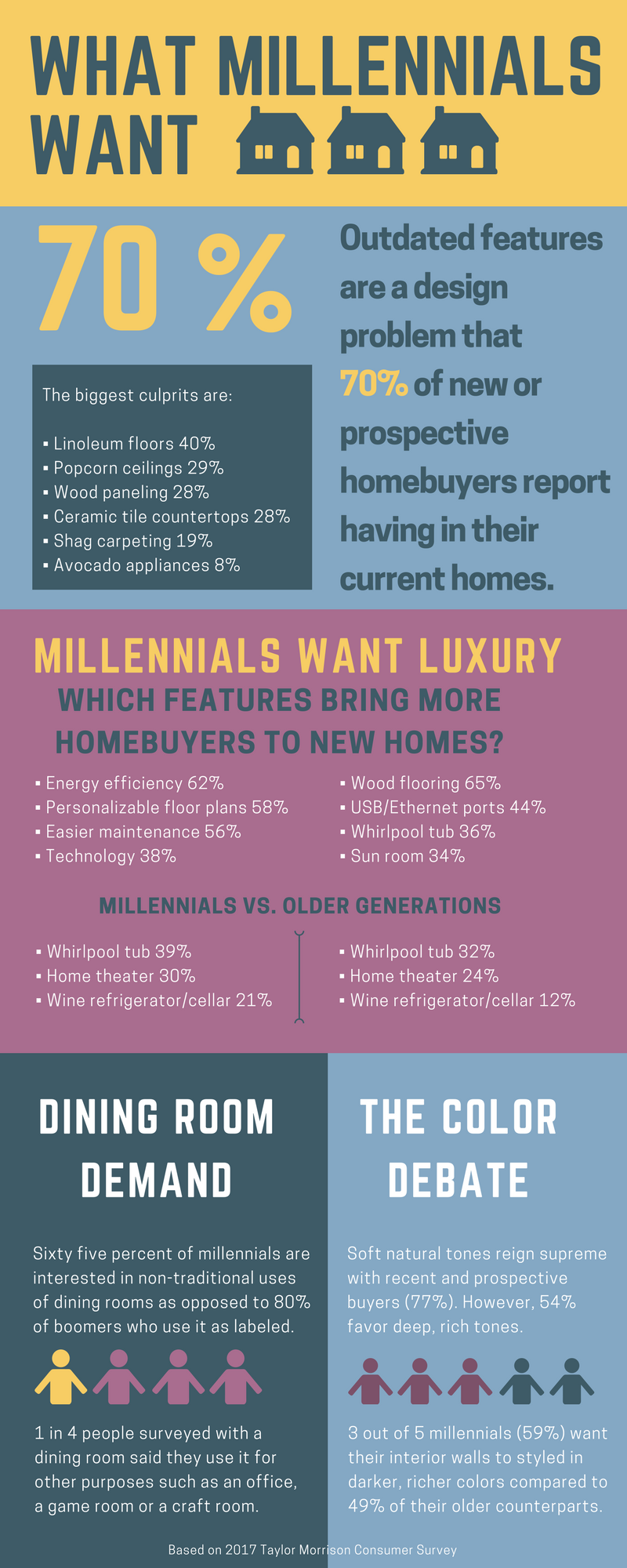7 Home Improvements Just for Your Pets
Renovating & Remodeling

When it comes to your house, there’s no hiding the fact that you have a pet. Between the bed, the food, and the “I Heart Cats” welcome mat, your home practically screams animal lover. So why not take the next step and do a remodel just for your pet? These home improvement ideas for your pets are top on our list!
Pet showers
If your dog loves muddy adventures think about building him his own personal shower. Stake out space in your mudroom or garage where you’ll be able to access the waterline. Make sure you choose a removable shower head so you can easily clean a squirmy dog. Even if you don’t have a pet, this can be a great addition to clean dirty feet or tools without ruining your indoor showers.
Bonus points: Add shelving to store your doggie brushes, towels, shampoos, and treats for a job well done.
Built-in feeding station
This one can be as easy as cutting bowl-sized holes in a piece of wood and installing it in an existing drawer. Or you can go more complex and cut a space into your kitchen island. Don’t go too extreme, or else it’ll negatively affect your home’s value. After all, if your potential buyer isn’t a pet lover (those exist?), will they think your home improvement is an eyesore?
Bonus points: Get a plumber to tap into the water line and add lower faucet that sits right over your pet’s water bowl.
Pet door
Your local home improvement store will probably have pet doors for sale--plus some step-by-step instructions on how to install it. If your pet isn’t trained to stay in the yard, you might want to think twice before adding this remodel.
Bonus points: Use a hi-tech tool to hook your pet door up to your home securitysystem.
Pet cave
Everyone likes a quiet place to unwind from time to time, and your pet’s no different. If a bed in the corner won’t cut it for your furbaby, it might be time to build her her own little cave. The space under the stairs is a great place to start. Think about it, it’s pretty much just wasted right now. But with some power tools and a little work it can be your pet’s secret hideaway. You’ll need to know how to hang drywall for this one, so it can become a real room. You’ll also have to install some type of flooring--we recommend a tile or hardwood for easy cleanup. Since this project is a little more involved, don’t forget to see if you need a permit and think about a licensed contractor!
Bonus points: Add a window or pet door on the inside of the pet cave. That way your furry friend can easily move outside or into the next room.
Dog/cat run
If you’re worried about your dog or cat wandering out of your yard, this is the remodel for you. It’s a pretty simple idea--just a chain link fence enclosure somewhere in your yard. If your pet can climb, you’ll also want to add a roof. This is another project that you’ll want to hire a professional for. And if your fence is over five feet, you’ll probably need a permit.
Bonus points: Make the space a home! Add pet houses and pet ramps to keep your pet entertained.
Pet-friendly landscaping
Good landscaping is a great way to add value to your home. And there are lots of ways to do it with your pet in mind. First thing’s first, get rid of anything that can be toxic to your pet--check with the ASPCA to get the full list. Once your yard is pet safe, add plants your pets can snack on. Think catnip, rosemary, and peppermint.
Bonus points: Use your pet-friendly plants to make pet treats and toys.
Radiant heat floors
On those cold winter mornings taking off your socks and stepping on the cold bathroom floor to get in the shower is just short of unbearable. Well, your pet feels the same way, and they spend most of their time on the floor. Our point? This is a remodel that everyone will love. Just keep in mind your climate. Adding heated floors in the South isn’t going to get you a big return on your investment. But adding them in Alaska can be a major selling point.
Bonus points: Can you really improve on heated floors?
If you're thinking about home improvements before you even adopt the little furball, make sure you also take steps to make the pet comfortable and secure when you bring him home.









